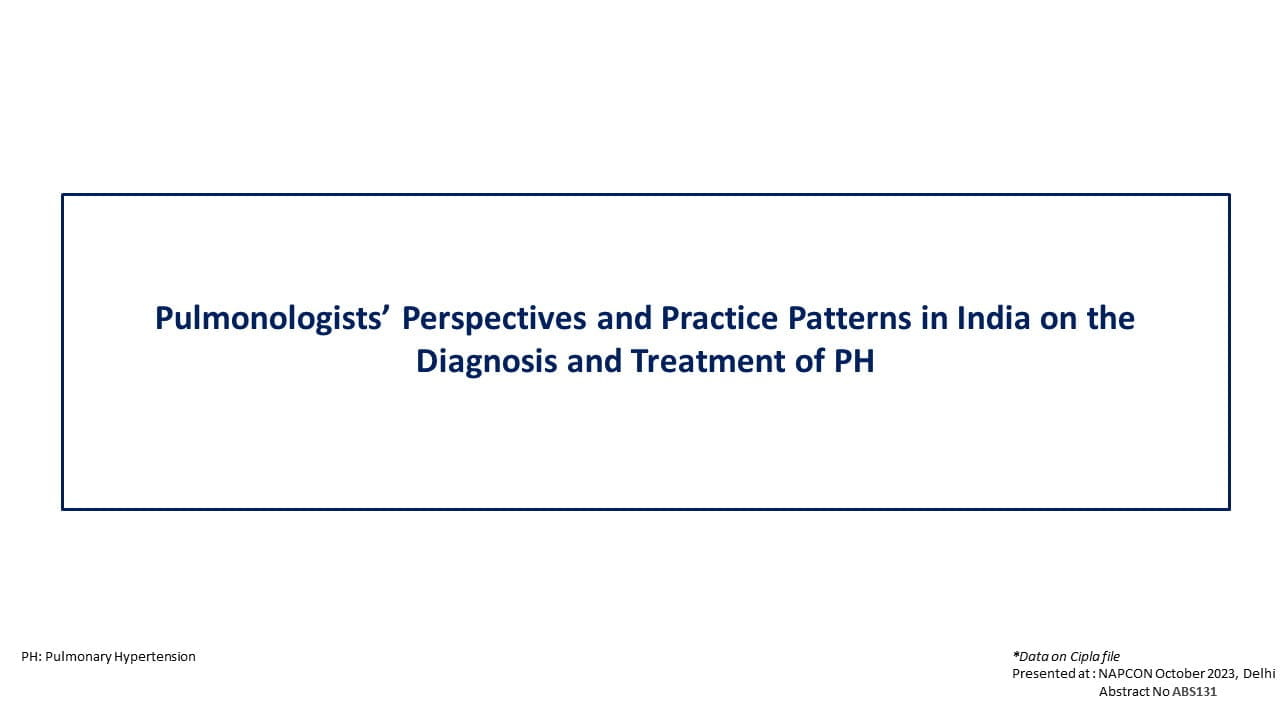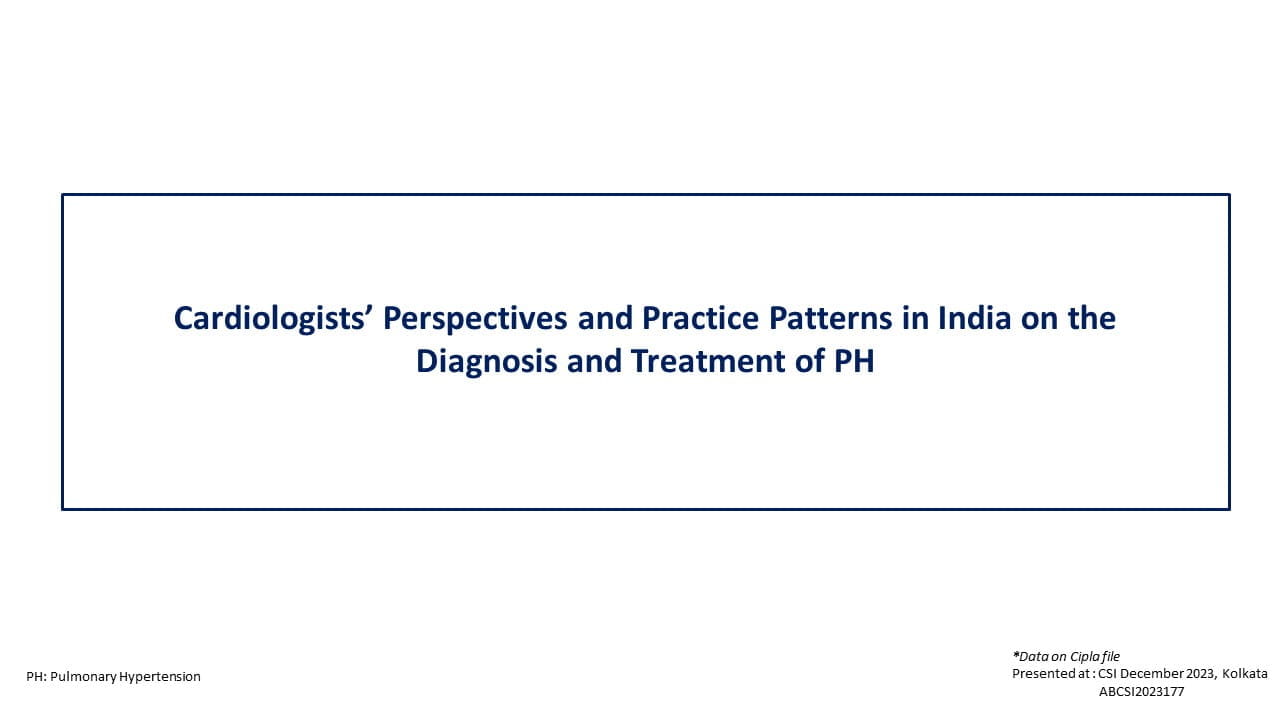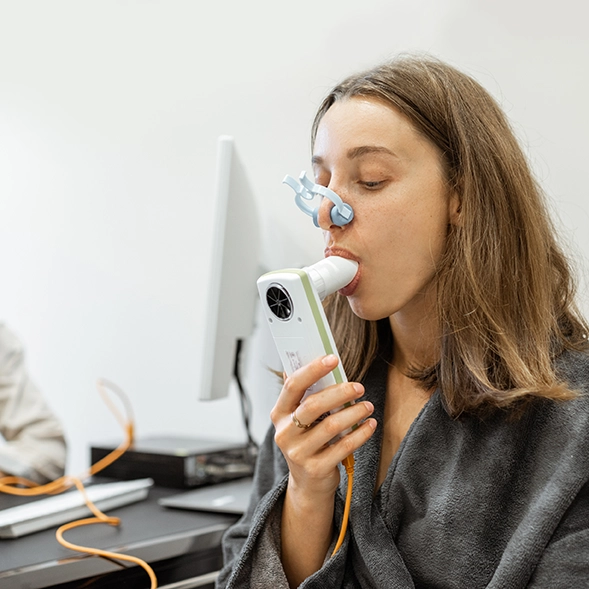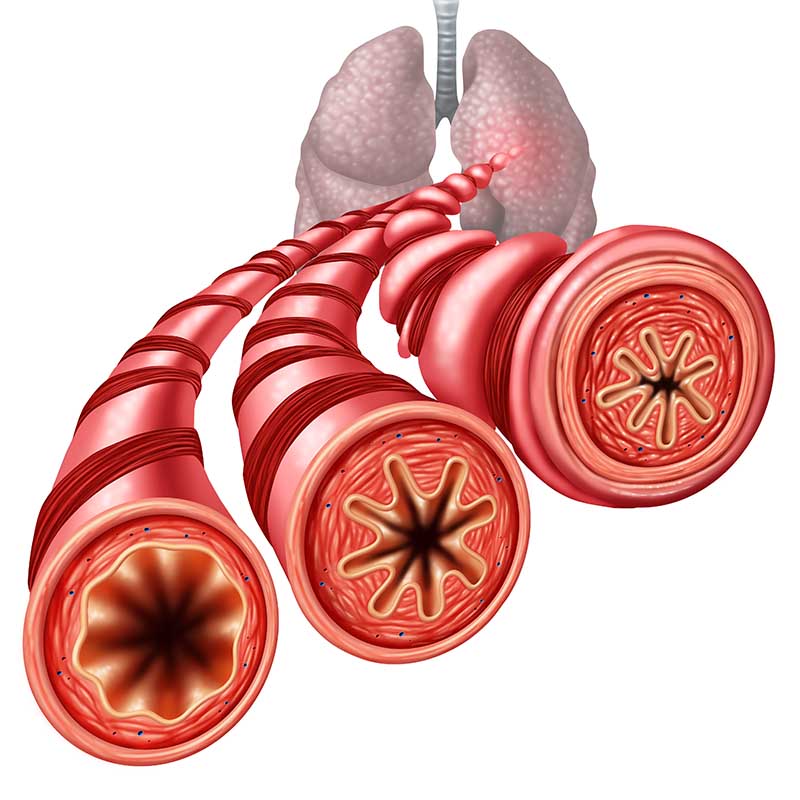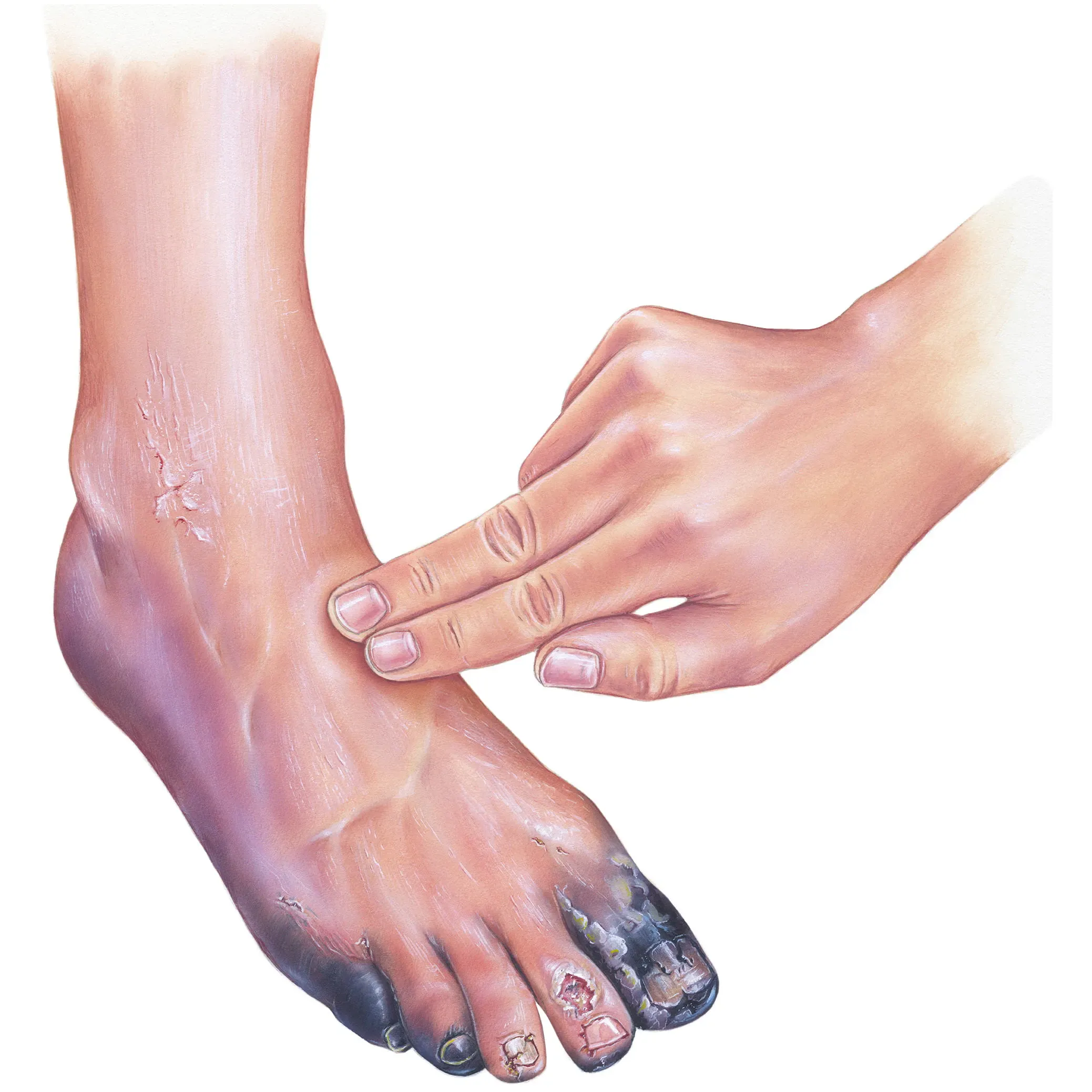Introduction
Chronic rhinosinusitis with nasal polyps (CRSwNP) frequently remains uncontrolled despite standard-of-care treatment with corticosteroids, nasal irrigation, antileukotrienes, antihistamines, aspirin desensitization and complex sinonasal surgeries. Omalizumab, a monoclonal antibody, diminished the polyp size and improved the symptoms in CRSwNP in two phase 3, randomized, placebo-controlled trials (POLYP 1, POLYP 2).
Aim
The efficacy, safety, and durability of response of omalizumab in adults with CRSwNP who completed POLYP 1 or 2 was assessed in this study.
Methods
Study Design
- Open-label extension study.
Patient Profile
- Patients who were treated with omalizumab or placebo for 24 weeks during POLYP 1 and 2 trials
- Open-label omalizumab was given for an additional 28 weeks to 249 patients.
Treatment Strategy
- Omalizumab was withdrawn after 28 weeks of treatment and then the patients were followed up for an additional 24 weeks to assess the durability of response to omalizumab.
- Background nasal mometasone therapy was continued for 28 weeks.
Endpoints
Coprimary Endpoints
- Change from baseline for the Nasal Polyp Score (NPS)
- Change from baseline for the Nasal Congestion Score (NCS)
Secondary Endpoints
- Sino-Nasal Outcome Test 22 (SNOT-22)
- Total Nasal Symptom Score (TNSS), postnasal drip, runny nose
- University of Pennsylvania Smell Identification Test scores (UPSIT)
- Asthma Quality of Life Questionnaire score (AQLQ)
- Adverse events (AEs).
Results
- At week 24 that was the last assessment time point in POLYP 1 and 2, the omalizumab group demonstrated improvements in the NPS (treatment difference -0.82; p<0.0001) and NCS (treatment difference -0.54; p<0.0001).
- Further improvements in the coprimary endpoints were observed in patients who continued omalizumab as well as in those who switched from placebo to omalizumab at week 52 as seen in Table 1.
- Although there was a gradual worsening in NPS and NCS during treatment-free follow up period, their levels remained below omalizumab pretreatment levels at week 76.
| Coprimary endpoints | Week 24 | Week 52 | Week 76 |
| Who continued omalizumab treatment | |||
| NPS | -1.01 | -1.31 | -0.54 |
| NCS | -0.85 | -1.12 | -0.65 |
| Who switched to omalizumab | |||
| NPS | -0.19 | -0.97 | -0.48 |
| NCS | -0.31 | -0.99 | -0.58 |
- The secondary endpoints such as TNSS, postnasal drip runny nose, sense of smell, SNOT-22, AQLQ scores improved with omalizumab treatment at week 52.
- In this open-label extension study, there were 278 nonserious AES and 10 serious AEs reported.
- However, the findings on the safety profile were consistent with the previous reports.
Conclusion
- Treatment with omalizumab for up to 1 year was found to be effective and safe in patients with chronic rhinosinusitis with nasal polyps (CRSwNP) who demonstrate inadequate response to nasal corticosteroids.
- Omalizumab is a viable, longer-term alternative in patients with CRSwNP with inadequate response to nasal corticosteroids.
J Allergy Clin Immunol. 2021 Sep 14; S0091-6749(21)01364-6.


